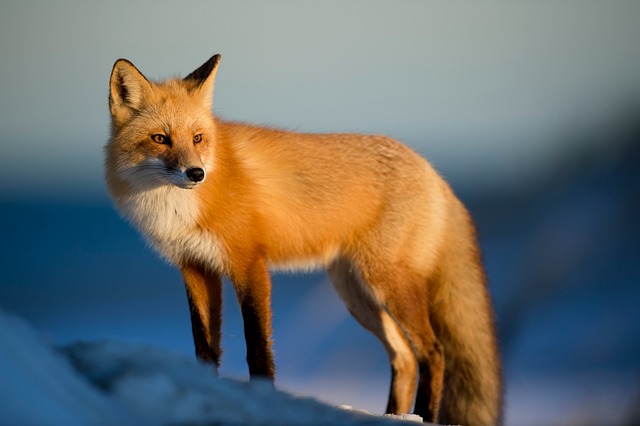Foxes are members of the Canidae family and are found all over the world, with species ranging from the tiny fennec fox of the Sahara Desert to the red fox, which can be found in many parts of the Northern Hemisphere. Foxes are known for their intelligence, resourcefulness, and adaptability, which have made them successful predators in a variety of ecosystems. In this article, we will explore the characteristics and behaviors that make the fox a clever and resourceful predator.
Adaptations for Hunting and Survival
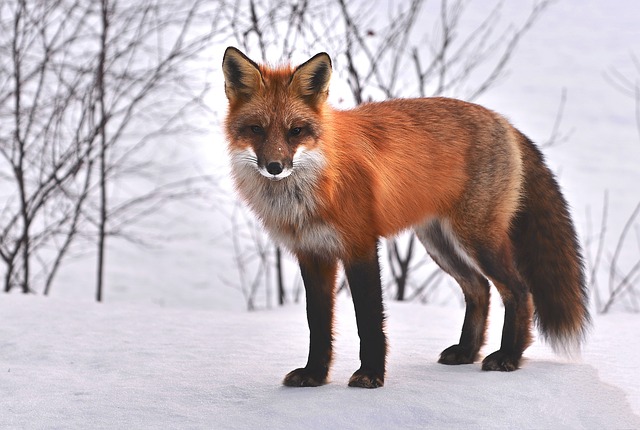
Foxes have a number of physical adaptations that make them successful hunters. They have excellent eyesight, with eyes that are positioned forward on their skull for binocular vision. They also have acute hearing and a keen sense of smell, which they use to locate prey. Foxes are also very agile and can run, jump, and climb with ease, which helps them pursue prey and escape danger.
In addition to physical adaptations, foxes also have behavioral adaptations that help them survive in different environments. For example, the arctic fox has a thick, white coat that helps it blend in with the snowy landscape, while the fennec fox of the Sahara has large ears that help it dissipate heat and stay cool in the desert sun. Foxes are also opportunistic feeders and will eat a wide range of prey, from small rodents and insects to fruit and carrion.
Cunning and Intelligence
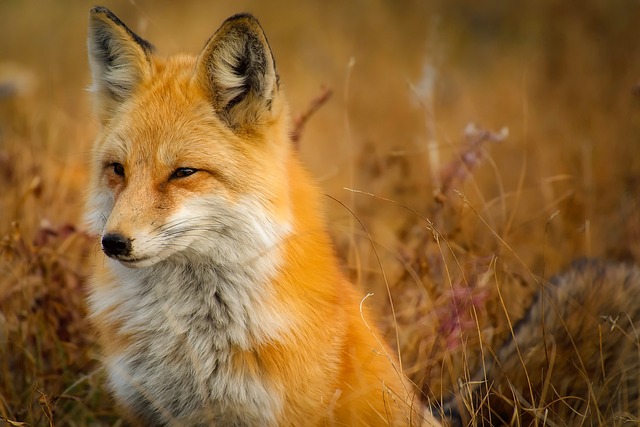
One of the most well-known characteristics of foxes is their cunning and intelligence. Foxes are known for their ability to adapt to new situations and solve problems. For example, urban foxes have learned to scavenge in garbage cans and backyards for food, while arctic foxes have been observed stealing food from polar bears. Foxes are also adept at using tools. In one study, researchers observed a fox using bread as bait to catch fish, a behavior previously thought to be unique to humans.
Social Behavior
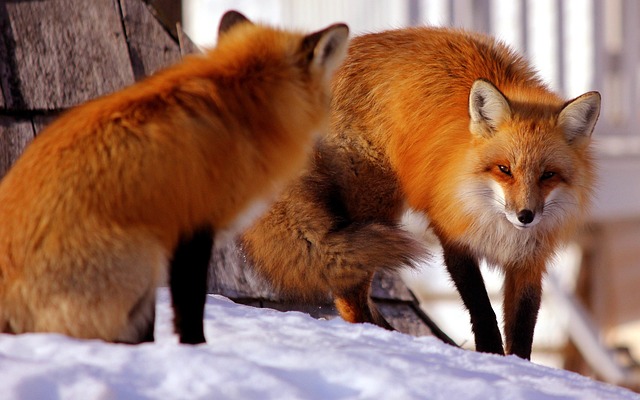
Foxes are social animals and live in family groups, known as “leashes,” “skulks,” or “troops.” These groups consist of a dominant male and female, their offspring from previous years, and sometimes non-breeding adults. The group works together to hunt and protect their territory. Foxes are also known for their vocalizations, which include a variety of barks, whines, and screams. These vocalizations are used for communication between members of the group and to establish territory boundaries.
Threats to Fox Populations
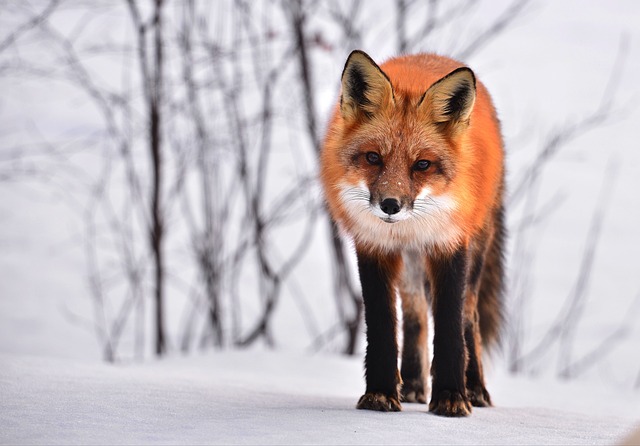
Foxes face a number of threats to their populations. Habitat loss and fragmentation are major threats, as are diseases such as mange and distemper. Foxes are also often targeted by humans for sport or to protect livestock, and they can be killed by cars and other vehicles. Climate change is also a growing concern, as it alters the habitats and prey availability of many fox species.
Conclusion
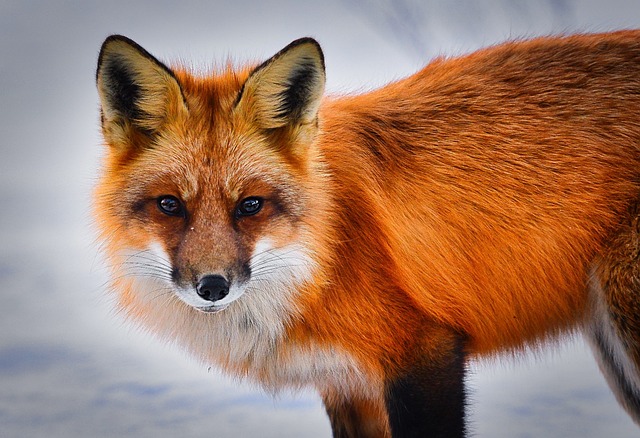
In conclusion, the fox is a clever and resourceful predator that has adapted to survive in a variety of ecosystems. Its physical and behavioral adaptations, cunning and intelligence, and social behavior make it a fascinating animal to study. However, fox populations are facing increasing threats, and conservation efforts are needed to ensure their survival in the wild.

